Green-notebooks - Untitled
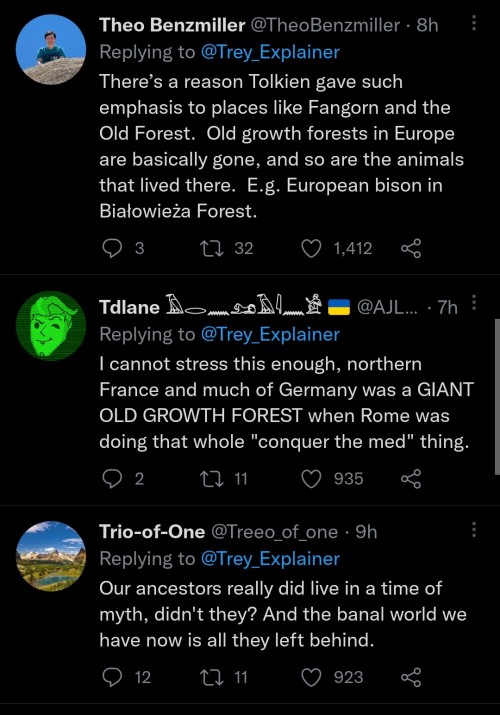
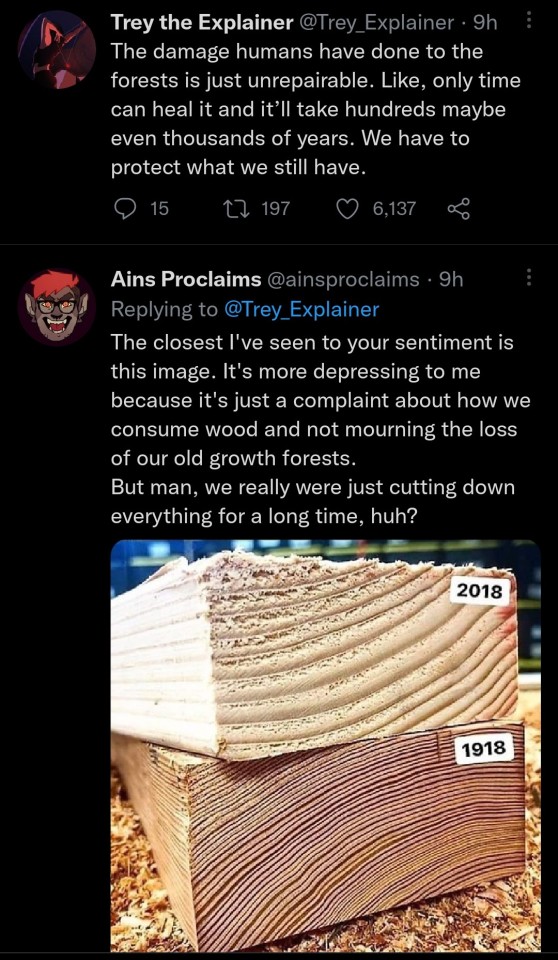
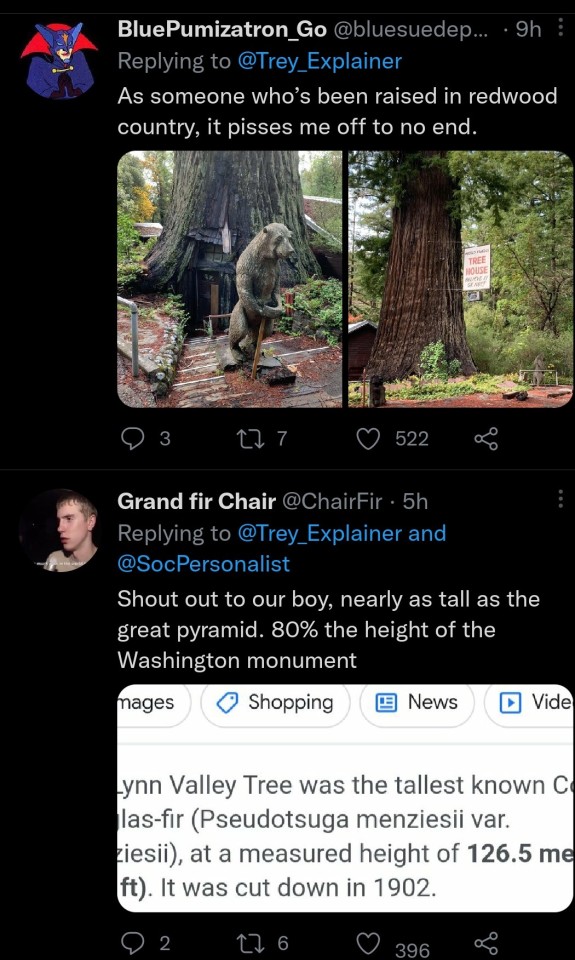
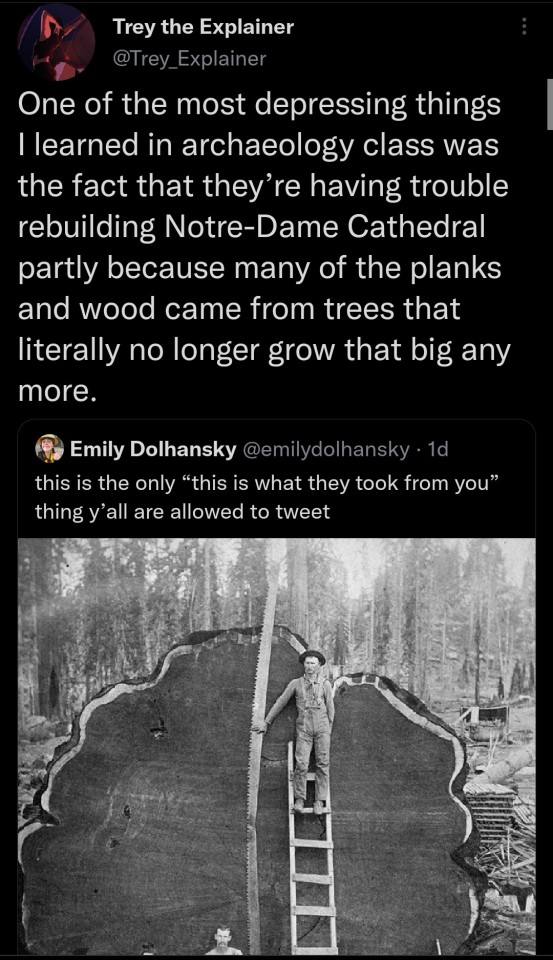
More Posts from Green-notebooks and Others
actually you know what im gonna infodump about permaculture and sustainable farming for a minute bc it’s been my main hyperfixation for a while and y’all really Ought to Know This because it can, in fact, give you a green thumb as well as extra food to eat, is very cheap, and it’s extremely time management friendly. i only need to work on my garden twice a month, maybe more during drier seasons/if i get more plants.
(also correct grammar and spelling below bc i don’t know about you but i can’t read otherwise.)
Keep reading
if you’re interested in mutual aid and aren’t sure where to start, i can’t recommend enough joining a local Buy Nothing group. in a nutshell, it’s a totally free gift economy— people give from their own abundance and ask for what they need. it’s indispensable as a recent grad household— we got the majority of our basic furniture, as well as an AC unit through the group— but what i find particularly wonderful are the ways other forms of community aid popup through the group.
i’ve seen people organize meal trains for strangers. people fleeing from domestic violence have gone from a suitcase of possessions to a fully stocked house in 48 hours. home hospices being set up with goods from six different households. cookbook lending. distribution of windfall apples and tomato harvest overabundance. grocery pickup for ill folks. people looking out for listings for others. everything from bread to baby carseats to house paint to pet food.
and much of it is done between strangers, often between people who would not recognize or identify with the term “mutual aid”. it lowers waste, goods go directly to people who need them, and it avoids the sometimes dubious morality of the thrift shop circuit. i’d really recommend it.
I just jerked out of my midday dissociation and realized that seed bombing a golf course with mint would be the ultimate crime.
Oh my god this is so evil.
I love it.

How to make your own low-tech vertical farm
The Belgian professor Willem Van Cotthem seems to have designed a do-it-yourself vertical kitchen garden system that truly deserves the low-tech label. On his blog, “Container gardening”, he explains how to transform normal plastic bottles into efficient containers (and a container rack) for growing all kinds of plants, even young trees (to be transplanted when reaching sufficient height). The beauty is that the water supply can be automated without the use of electricity
Read more…
This Week @ NASA--April 14, 2017
Cassini and the Hubble Space Telescope, two of our long-running missions, are providing new details about the ocean-bearing moons of Jupiter and Saturn. Hubble’s monitoring of plume activity on Europa and Cassini’s long-term investigation of Enceladus are laying the groundwork for our Europa Clipper mission, slated for launch in the 2020s. Also, Shane Kimbrough returns home after 171 days aboard the Space Station, celebrating the first Space Shuttle mission and more!

Ocean Worlds
Our two long-running missions, Cassini and the Hubble Space Telescope, are providing new details about “ocean worlds,” specifically the moons of Jupiter and Saturn.

The details – discussed during our April 13 science briefing – included the announcement by the Cassini mission team that a key ingredient for life has been found in the ocean on Saturn’s moon Enceladus.

Meanwhile, in 2016 Hubble spotted a likely plume erupting from Jupiter’s moon Europa at the same location as one in 2014, reenforcing the notion of liquid water erupting from the moon.

These observations are laying the groundwork for our Europa Clipper mission, planned for launch in the 2020s.

Welcome Home, Shane!
Shane Kimbrough and his Russian colleagues returned home safely after spending 173 days in space during his mission to the International Space Station.

Meet the Next Crew to Launch to the Station
Meanwhile, astronaut Peggy Whitson assumed command of the orbital platform and she and her crew await the next occupants of the station, which is slated to launch April 20.

Student Launch Initiative
We’ve announced the preliminary winner of the 2017 Student Launch Initiative that took place near our Marshall Space Fight Center, The final selection will be announced in May. The students showcased advanced aerospace and engineering skills by launching their respective model rockets to an altitude of one mile, deploying an automated parachute and safely landing them for re-use.

Langley’s New Lab
On April 11, a ground-breaking ceremony took place at our Langley Research Center for the new Systems Measurement Laboratory. The 175,000 square-foot facility will be a world class lab for the research and development of new measurement concepts, technologies and systems that will enable the to meet its missions in space explorations, science and aeronautics.

Yuri’s Night
Space fans celebrated Yuri’s Night on April 12 at the Air and Space Museum and around the world. On April 12, 1961, cosmonaut Yuri Gagrin became the first person to orbit the Earth.

Celebrating the First Space Shuttle Launch
On April 12, 1981, John Young and Bob Crippin launched aboard Space Shuttle Columbia on STS-1 a two-day mission, the first of the Shuttle Program’s 30-year history.

Watch the full episode:
Make sure to follow us on Tumblr for your regular dose of space: http://nasa.tumblr.com
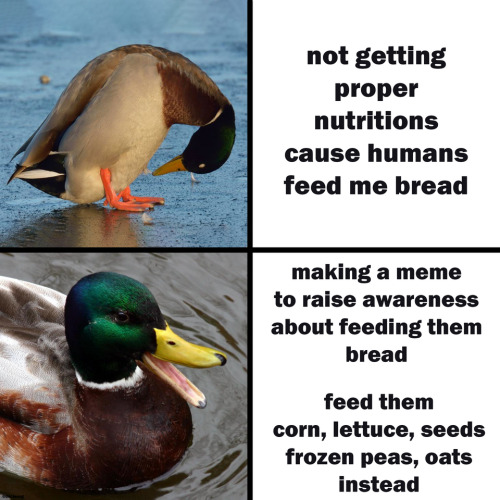
Need to be mindful for our feathered friends!


Hi, I’m a homeless inventor. After I get a home I will be working on this!!!
Keep reading




Grow Your Own Avocado and Oak Trees at Home with These Minimalist Glass Vases

Wait for it…
Wait for it…
Wait for it…
Missed it by………..ONE POINT FOUR PERCENT (1.4%)





Blue Pixie’s Parasol (Mycena Interrupta) or subspecies.
Mycena interrupta, commonly known as the pixie’s parasol, is a species of mushroom. It has a Gondwanan distribution pattern, being found in Australia, New Zealand, New Caledonia and Chile. In Australia it is found in Victoria, Tasmania, New South Wales, and South Australia, and in Queensland where its distribution is limited to Lamington National Park. Description The caps of Mycena interrupta range from 0.8 to 2 cm, and they are a brilliant cyan blue colour. They are globose when emergent and then become a broad convex as they mature, with the centre of the cap slightly depressed. The caps are often sticky and appear slimy looking, particularly in moist weather.
-
 captainjacksparkles liked this · 1 week ago
captainjacksparkles liked this · 1 week ago -
 garmrin reblogged this · 1 week ago
garmrin reblogged this · 1 week ago -
 hissmycookies liked this · 1 week ago
hissmycookies liked this · 1 week ago -
 jakatron10 reblogged this · 1 week ago
jakatron10 reblogged this · 1 week ago -
 jakatron10 liked this · 1 week ago
jakatron10 liked this · 1 week ago -
 spacecamppete liked this · 1 week ago
spacecamppete liked this · 1 week ago -
 insanemaleflutist reblogged this · 1 week ago
insanemaleflutist reblogged this · 1 week ago -
 queer-omens-in-the-archives reblogged this · 1 week ago
queer-omens-in-the-archives reblogged this · 1 week ago -
 pearl-mantis liked this · 1 week ago
pearl-mantis liked this · 1 week ago -
 hickorydickorycox reblogged this · 1 week ago
hickorydickorycox reblogged this · 1 week ago -
 hickorydickorycox liked this · 1 week ago
hickorydickorycox liked this · 1 week ago -
 completelycheeky reblogged this · 1 week ago
completelycheeky reblogged this · 1 week ago -
 rareastrees liked this · 1 week ago
rareastrees liked this · 1 week ago -
 thewaywardeye liked this · 1 week ago
thewaywardeye liked this · 1 week ago -
 sw087 reblogged this · 1 week ago
sw087 reblogged this · 1 week ago -
 ivord-du-net liked this · 1 week ago
ivord-du-net liked this · 1 week ago -
 were-my-demons-hide reblogged this · 1 week ago
were-my-demons-hide reblogged this · 1 week ago -
 were-my-demons-hide liked this · 1 week ago
were-my-demons-hide liked this · 1 week ago -
 triggerblaze345 reblogged this · 1 week ago
triggerblaze345 reblogged this · 1 week ago -
 triggerblaze345 liked this · 1 week ago
triggerblaze345 liked this · 1 week ago -
 tobifanxd reblogged this · 1 week ago
tobifanxd reblogged this · 1 week ago -
 powerbrowser reblogged this · 1 week ago
powerbrowser reblogged this · 1 week ago -
 weirdalnyankovic reblogged this · 1 week ago
weirdalnyankovic reblogged this · 1 week ago -
 makuta-tobi reblogged this · 1 week ago
makuta-tobi reblogged this · 1 week ago -
 maddie-2022 reblogged this · 1 week ago
maddie-2022 reblogged this · 1 week ago -
 maddie-2022 reblogged this · 1 week ago
maddie-2022 reblogged this · 1 week ago -
 maddie-2022 liked this · 1 week ago
maddie-2022 liked this · 1 week ago -
 beckyknowsbest reblogged this · 1 week ago
beckyknowsbest reblogged this · 1 week ago -
 lost-ones-stuff87 liked this · 1 week ago
lost-ones-stuff87 liked this · 1 week ago -
 minty-wizard reblogged this · 1 week ago
minty-wizard reblogged this · 1 week ago -
 alittlefellowinawideworld reblogged this · 1 week ago
alittlefellowinawideworld reblogged this · 1 week ago -
 like-gossamer reblogged this · 1 week ago
like-gossamer reblogged this · 1 week ago -
 lets-pin-that reblogged this · 1 week ago
lets-pin-that reblogged this · 1 week ago -
 owlfins liked this · 1 week ago
owlfins liked this · 1 week ago -
 kittykatkairi reblogged this · 1 week ago
kittykatkairi reblogged this · 1 week ago -
 bitchycatwizard reblogged this · 1 week ago
bitchycatwizard reblogged this · 1 week ago -
 the-mirror-lied reblogged this · 1 week ago
the-mirror-lied reblogged this · 1 week ago -
 the-mirror-lied liked this · 1 week ago
the-mirror-lied liked this · 1 week ago -
 dangerousoperatoroperadonkey reblogged this · 1 week ago
dangerousoperatoroperadonkey reblogged this · 1 week ago -
 dangerousoperatoroperadonkey liked this · 1 week ago
dangerousoperatoroperadonkey liked this · 1 week ago -
 lurking-revenant liked this · 1 week ago
lurking-revenant liked this · 1 week ago -
 kittykatkairi liked this · 1 week ago
kittykatkairi liked this · 1 week ago -
 a-goat-sticks-its-nose-in-things reblogged this · 1 week ago
a-goat-sticks-its-nose-in-things reblogged this · 1 week ago -
 a-goat-sticks-its-nose-in-things liked this · 1 week ago
a-goat-sticks-its-nose-in-things liked this · 1 week ago -
 slightlycrackedteapot reblogged this · 1 week ago
slightlycrackedteapot reblogged this · 1 week ago -
 miru-mu liked this · 1 week ago
miru-mu liked this · 1 week ago -
 ladyswillmart reblogged this · 1 week ago
ladyswillmart reblogged this · 1 week ago -
 solareclair reblogged this · 1 week ago
solareclair reblogged this · 1 week ago -
 lazulineloam liked this · 2 weeks ago
lazulineloam liked this · 2 weeks ago -
 reblogcentral4 reblogged this · 2 weeks ago
reblogcentral4 reblogged this · 2 weeks ago